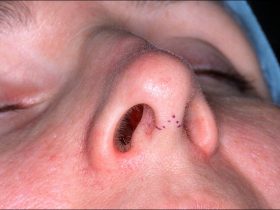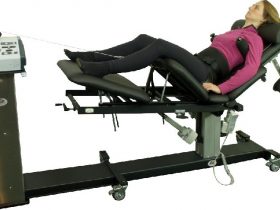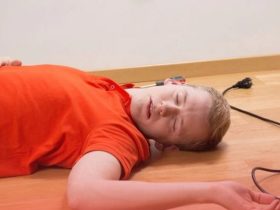As temperatures soar during the summer months, the risk of heat-related illnesses, such as heat exhaustion, increases. Heat exhaustion can be a serious condition that requires prompt recognition and treatment to prevent complications. In this guide, we’ll discuss how to recognize the signs of heat exhaustion and provide tips for treating and preventing it to ensure your summer stays safe and enjoyable.
Essential Information on Expiry of First Aid Certificates. Access essential information and guidelines to ensure certification remains valid for emergency preparedness.
1. Understanding Heat Exhaustion
Heat exhaustion occurs when the body becomes overheated and is unable to regulate its temperature effectively. This can happen when exposed to high temperatures and humidity, especially during strenuous physical activity. If left untreated, heat exhaustion can progress to heatstroke, a life-threatening condition.
2. Recognizing the Signs of Heat Exhaustion
It’s essential to be able to recognize the early signs of heat exhaustion, which include:
- Heavy Sweating: Profuse sweating is the body’s attempt to cool down, but excessive sweating can lead to dehydration.
- Weakness or Fatigue: Feeling weak, tired, or dizzy can be early indicators of heat exhaustion.
- Nausea or Vomiting: Heat exhaustion can cause gastrointestinal symptoms such as nausea, vomiting, or stomach cramps.
- Headache or Fainting: Headaches and lightheadedness are common symptoms, and in severe cases, fainting may occur.
- Cool, Moist Skin: Despite the heat, the skin may feel cool and moist to the touch as the body attempts to cool itself through sweating.
3. Treating Heat Exhaustion
If you suspect someone is experiencing heat exhaustion, take the following steps to provide immediate treatment:
- Move to a Cooler Environment: Bring the person indoors or to a shaded area away from direct sunlight.
- Hydrate: Encourage the person to drink cool water or a sports drink to replenish fluids lost through sweating. Avoid beverages containing caffeine or alcohol, as they can worsen dehydration.
- Cooling Measures: Use fans, air conditioning, or cool compresses to help lower the person’s body temperature. Placing damp cloths on the skin or misting with water can also be effective.
- Rest: Have the person rest in a comfortable position and avoid strenuous activity until symptoms improve.
4. Preventing Heat Exhaustion
Preventing heat exhaustion is key to staying safe during hot weather. Follow these tips to reduce the risk:
- Stay Hydrated: Drink plenty of water throughout the day, especially during outdoor activities. Aim to drink before you feel thirsty.
- Dress Appropriately: Wear lightweight, loose-fitting clothing in light colors to reflect sunlight and aid in evaporation.
- Take Breaks: During outdoor activities, take frequent breaks in shaded or air-conditioned areas to rest and cool down.
- Avoid Peak Hours: Limit outdoor activities during the hottest parts of the day, typically between 10 a.m. and 4 p.m.
By recognizing the signs of heat exhaustion, providing prompt treatment, and taking preventive measures, you can stay safe and healthy during the summer months. Remember to listen to your body and prioritize hydration and cooling strategies to beat the heat effectively.











